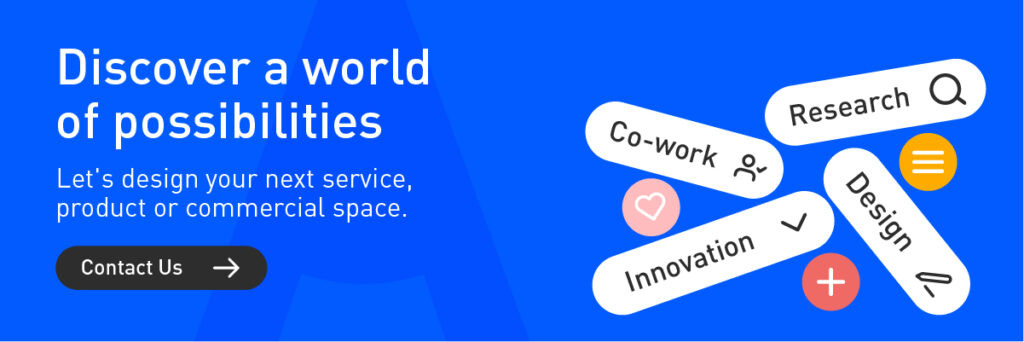Amid growing global concerns about sustainability, Colombia is emerging as a regional leader in the transformation toward more sustainable practices. With an ambitious $40 billion investment plan announced in October 2024 (Colombia Climate Transition Plan, 2024), our country is demonstrating an unprecedented commitment to sustainable innovation and eco-design.
The Colombian Green Revolution
Colombia isn’t just talking about sustainability; it’s acting decisively. The country has set ambitious goals that include reducing emissions by 51% by 2030 and achieving carbon neutrality by 2050 (Procolombia, 2023). Our country is laying the groundwork for a profound transformation in the way we design and produce.
In 2022, Colombia became the first country in the Western Hemisphere to adopt a national green taxonomy, establishing a clear framework for classifying sustainable economic activities. This milestone not only demonstrates regional leadership but also opens new doors for innovation in eco-design.

Image courtesy of ProColombia

The landscape of opportunities in Colombia is as diverse as our territory:
- Ecodesign in Colombia: Renewable Energy and Sustainable Agriculture: In Colombia, ecodesign is emerging as a key tool for promoting renewable energy and sustainable agriculture. Thanks to our abundant natural resources, the country is experiencing a boom in clean energy solutions, such as integrated solar systems designed under sustainability principles. Furthermore, innovative precision agriculture proposals are being developed that not only increase efficiency but also minimize environmental impact, aligning with the objectives of ecodesign in the Colombian context (Editor Latam, 2024).
- SMEs as a driver of change: Small and medium-sized enterprises are leading the ecodesign revolution, demonstrating that sustainability is not the exclusive domain of large corporations (Tegethoff et al., 2025). These companies are finding creative ways to differentiate themselves in the market through sustainable innovation.
However, the path to sustainability is not without obstacles:
- Economic and technological barriers: Many SMEs face financial constraints that hinder investment in green technologies (Quintero-Ríos et al., 2021). Lack of access to technological resources can hinder the implementation of innovative ecodesign practices.
- Cultural resistance and regulatory complexity: The shift toward more sustainable practices faces cultural resistance within organizations, while navigating the complex regulatory landscape can be overwhelming (Tegethoff et al., 2025).
And now what?
At BLASTER, we believe the time to act is now. As designers, entrepreneurs, and creatives, we have the opportunity to be part of this transformation. Ecodesign is not just a trend; it’s a necessity and an opportunity to reimagine how we create value while protecting our planet.
Just think about the following:
- How can your company incorporate ecodesign principles into its processes?
- What opportunities for sustainable innovation do you see in your sector?
- Are you ready to be part of the change toward a more sustainable Colombia?
The challenges are real, but the opportunities are even greater. Contact us and let’s explore together how to navigate the strategic challenges of eco-design in the Colombian context.